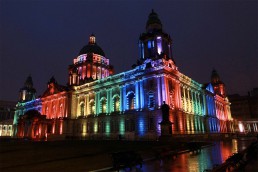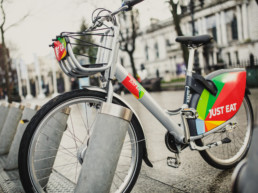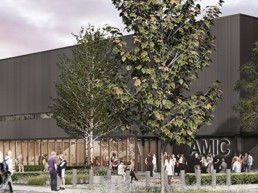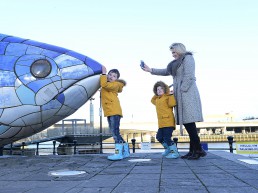A playable city is a somewhere that encourages its citizens to interact with public spaces and street level infrastructure in ways that are fun and creative. Because only people, working together, can create the ideas and the actions which bring urban spaces to life and generate ideas for future human-centric design.
With playable LED lighting technology Belfast’s iconic City Hall has become a medium, through social media, for civic expression in ways that were undreamt of previously
Given its historical and cultural, significance City Hall was one of seven European buildings chosen to be part of the EU’s ILLUMINATE pilot project.
The building became a test bed for piloting a revolutionary new lighting system, created by Philips, to explore the possibilities of LED lighting technology, which has reduced energy costs and CO2 emissions.
City Hall now boasts 433 individual light fittings – all of which can be individually controlled – offering up to 16 million different colour options.
The system has used to mark such diverse cultural festivities such as Chinese New Year, Orange Fest, Gay Pride, Polish Day, St Valentine’s Day and St Patrick’s Day.
Over the coming months we plan to work with partners to expand on the idea of embedded technology in urban buildings and infrastructure to make Belfast a playable city.





